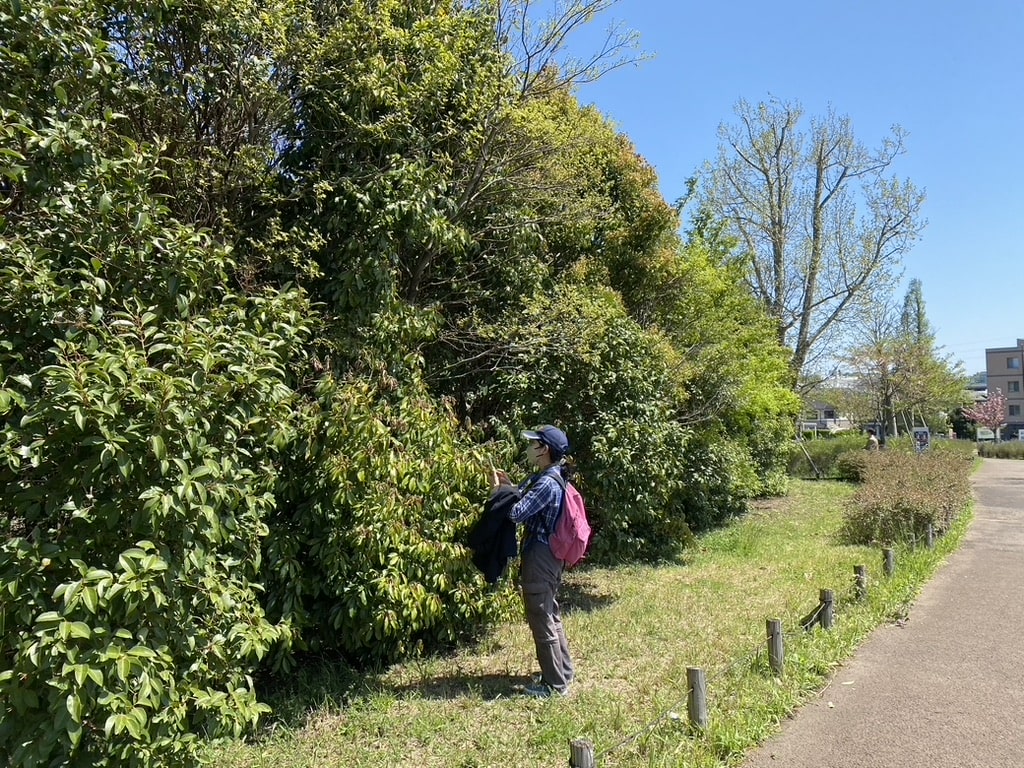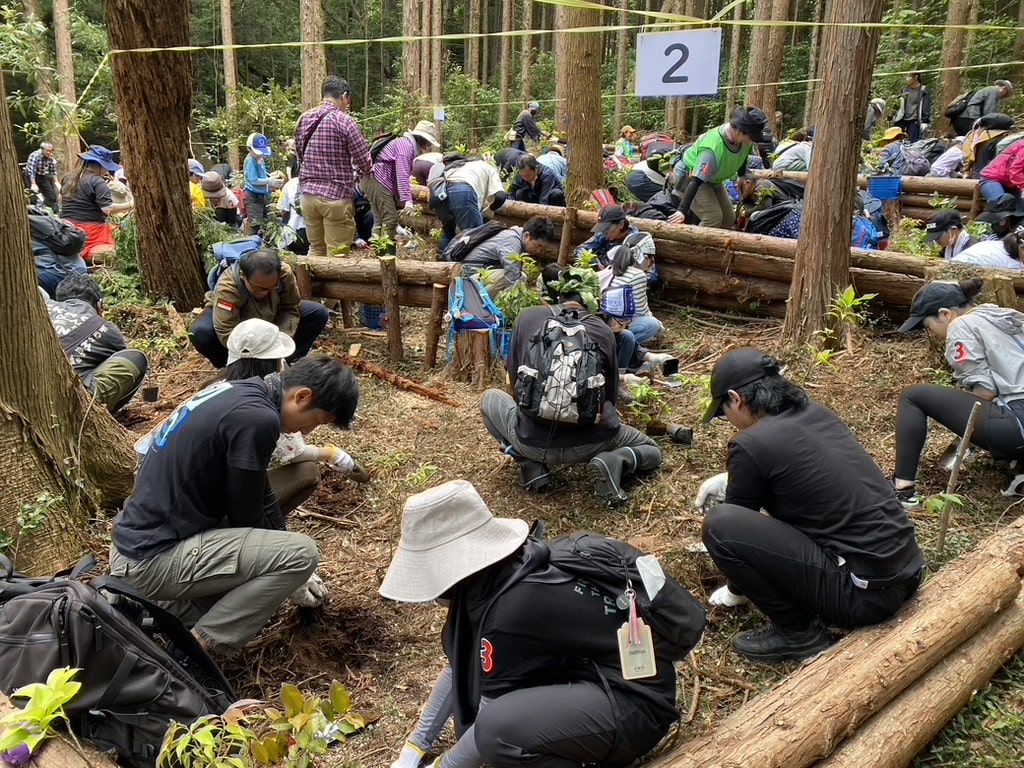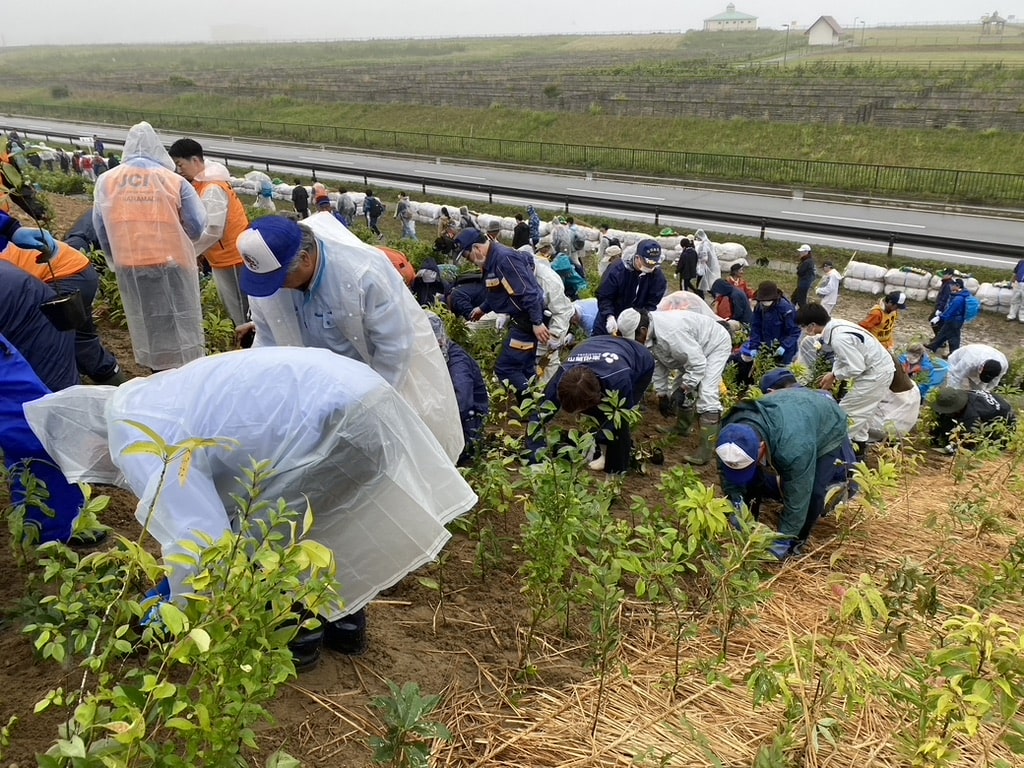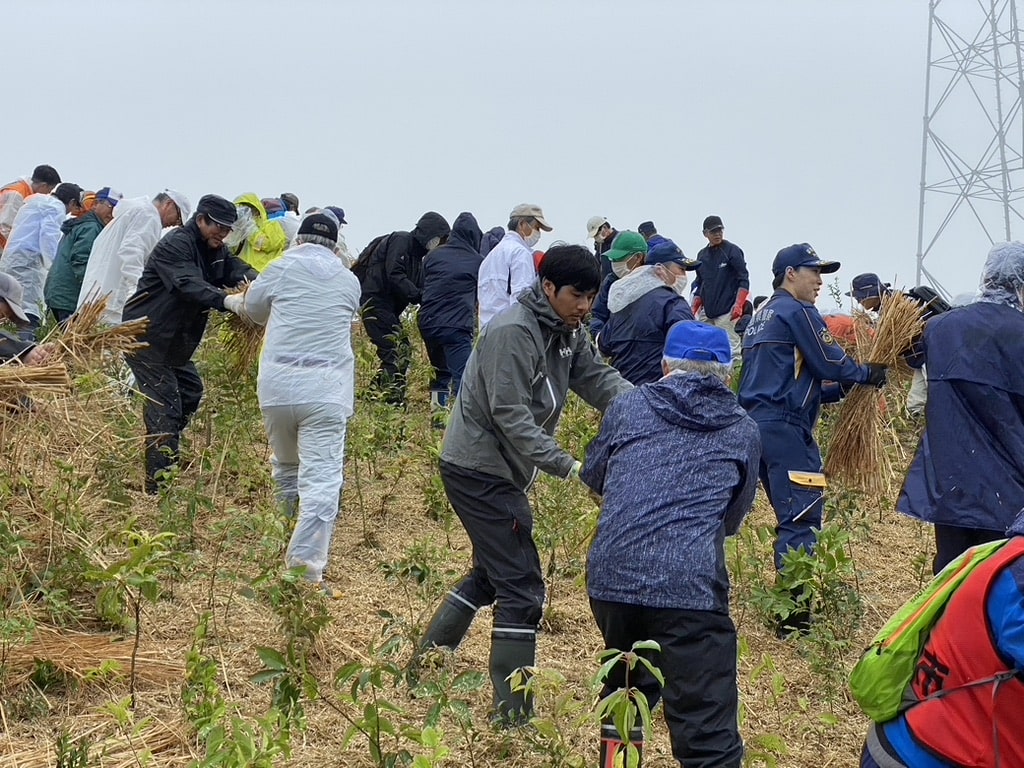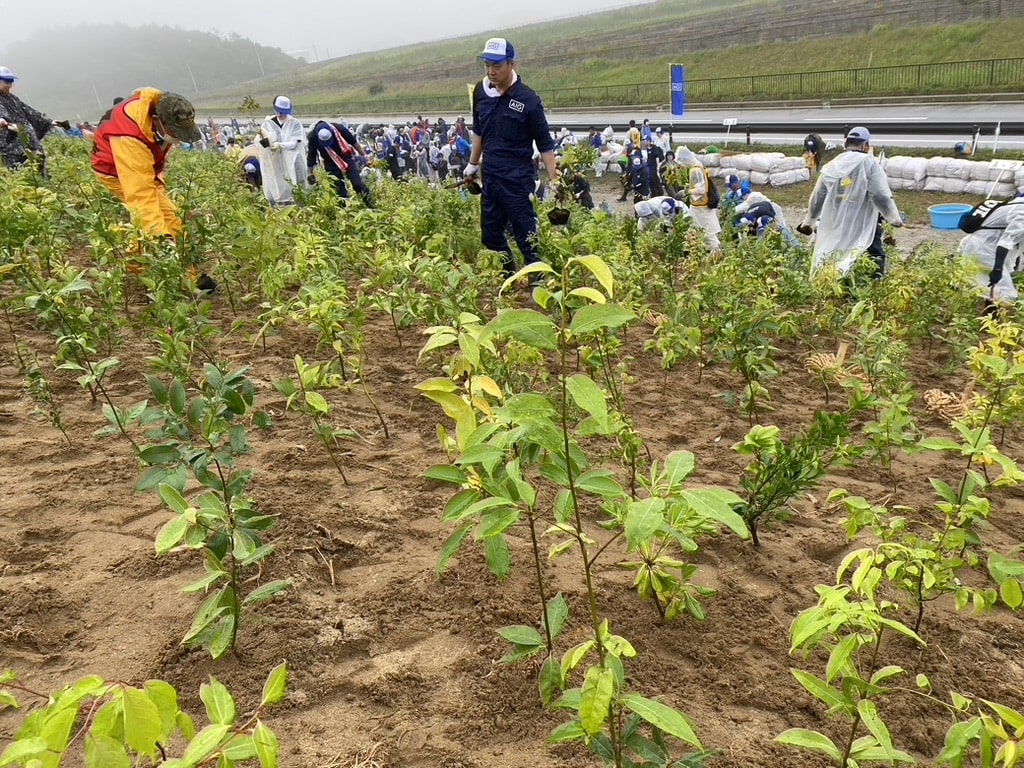Introduction
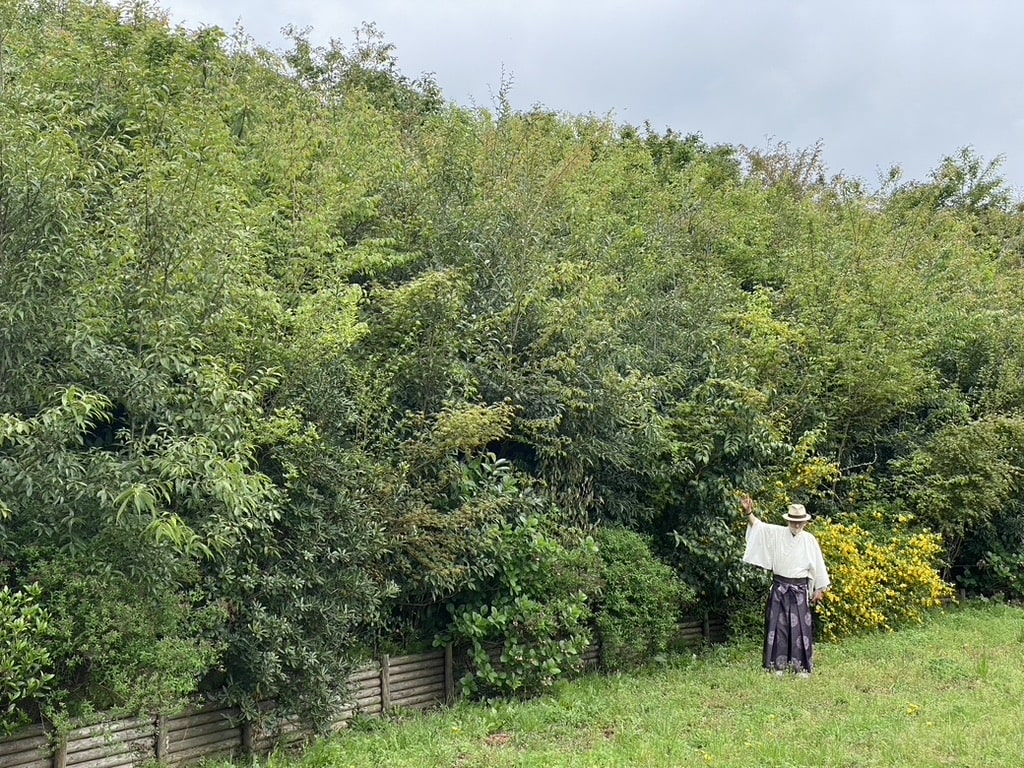
In 2023, if you type “Miyawaki method” into a search engine on the French Internet, you’ll come across a host of results: pages of explanations, definitions, illustrative images, accounts of planting projects, paid training courses, press articles or scientific studies…
Without having become hegemonic, the name of Miyawaki and his eponymous method have emerged from anonymity in France, and every year we discover new planting projects claiming to be based on the Japanese method, relayed by the media.
But this has far from always been the case. In 2016, when the Boomforest association didn’t yet exist, Enrico Fusto, the co-founder of our association, discovered the Miyawaki method by chance through a TEDTalk – in English – by Indian entrepreneur Shubhendu Sharma, published three years earlier and entitled: « How to grow a tiny forest anywhere ».
It was thanks to this conference that many people around the world discovered the Miyawaki method. At the time, there were no French-language resources on the subject, and no one had tried out the method in France.
Inspired by what he discovered, Enrico, a computer engineer living in Paris at the time, immediately imagined the possibility of planting a mini-forest near his home to “increase the vegetation/concrete ratio” of his city, as he would later put it.
Intrigued by this “open-source” method developed in Japan, Enrico soon realized that the resources available on the subject were few and far between. Indeed, only Shubhendu Sharma, through the company he founded, Afforest, has made a document in English entitled “Miyawaki’s rapid afforestation” freely available.
At that time, it was the only practical guide to the Miyawaki method.
This is because the method, developed in Japan in the 70s by botanist Akira Miyawaki, has never been called such by its creator, who has never compiled a guide to its application. In fact, there is no book by the professor entitled “The Miyawaki Method”, as it was originally primarily a practical experiment, documented little by little, and reproduced more and more, on a larger scale, throughout Japan under his impetus, without a guide in the strict sense having been published to replicate it independently (there was no need for one, as he and his team accompanied the projects).
Most of the publications he produced were scientific studies or research works, mostly in Japanese, and a few books in English with his American ecologist friend Prof. Elgene Box.
Although he didn’t speak Japanese, Enrico was determined to understand this method and how to apply it, so he decided to go to the source of knowledge: Japan.
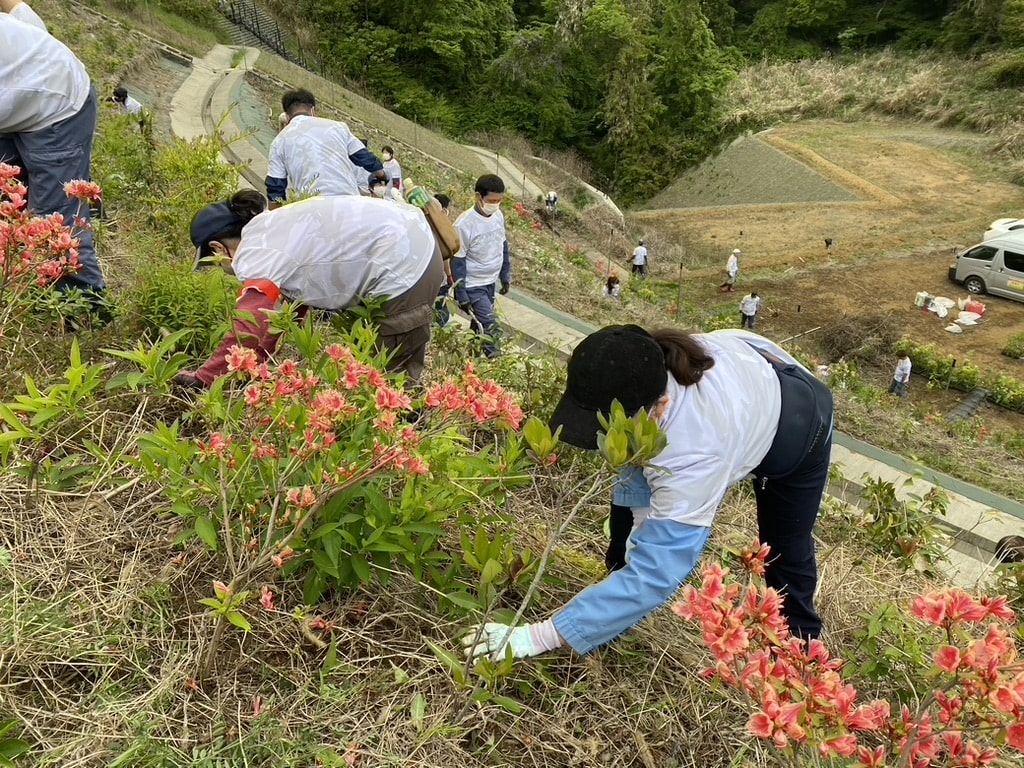
After getting in touch with the research teams at Yokohama University who were working with Professor Miyawaki, Enrico went there to see for himself what these famous “Miyawaki forests” looked like, and how to go about planting them.
He will return to create the very first Miyawaki forest in France in 2018: the Porte de Montreuil mini-forest. Thus began the Boomforest adventure.
This unprecedented planting project would inspire many others, led both by the Boomforest association and by numerous other collectives formed around a central principle dear to Professor Miyawaki:
“Let us plant trees together—from under our feet, and into the world.”
Miyawaki, in his 2006 Blue Planet Award speech
Six years later, it’s hard to count the number of associations, companies and citizens’ groups inspired by Professor Miyawaki’s work. In the same way, the numerous articles in the press – both specialized and general – on the method, sometimes presenting it enthusiastically, sometimes criticizing it, show the extent to which it is not an exotic curiosity reserved for a few botanists, but an accessible and concrete tool that citizens are seizing on in the context of the climate crisis.
In this recent proliferation, it’s becoming increasingly difficult to find one’s way around: what exactly is the Miyawaki method?
In the absence of any reference work on the subject, everyone has had to try to learn as much as they can by themselves and their own research. Sometimes on the Internet, sometimes by contacting a group who had already planted to learn from them, often without any prior botanical knowledge, as was the case for Enrico when he started out.
Then, everyone adapted the method to their own local constraints and realities. What species to plant, how to prepare the soil… there is no dogma on these subjects today. This is the strength of the method: accessible to all, it can be adapted to virtually any environment where the natural vegetation potential is the forest.
But the downside is that it’s becoming difficult to know exactly what is meant by the term “Miyawaki method”.
And yet, to work, this method is based on clearly identified scientific principles, inspired by nature, which need to be understood before they can be adapted to local constraints.
Understanding the method, its spirit and its components, in detail and as conceived by Prof. Miyawaki. This is what Damien and I set out to do.
Six years after planting the very first Miyawaki forest in France at the Porte de Montreuil, the Boomforest Association and its volunteers have planted over twenty mini-forests in France. We’ve learned a lot, but there are still gaps in our knowledge of the method and its application.
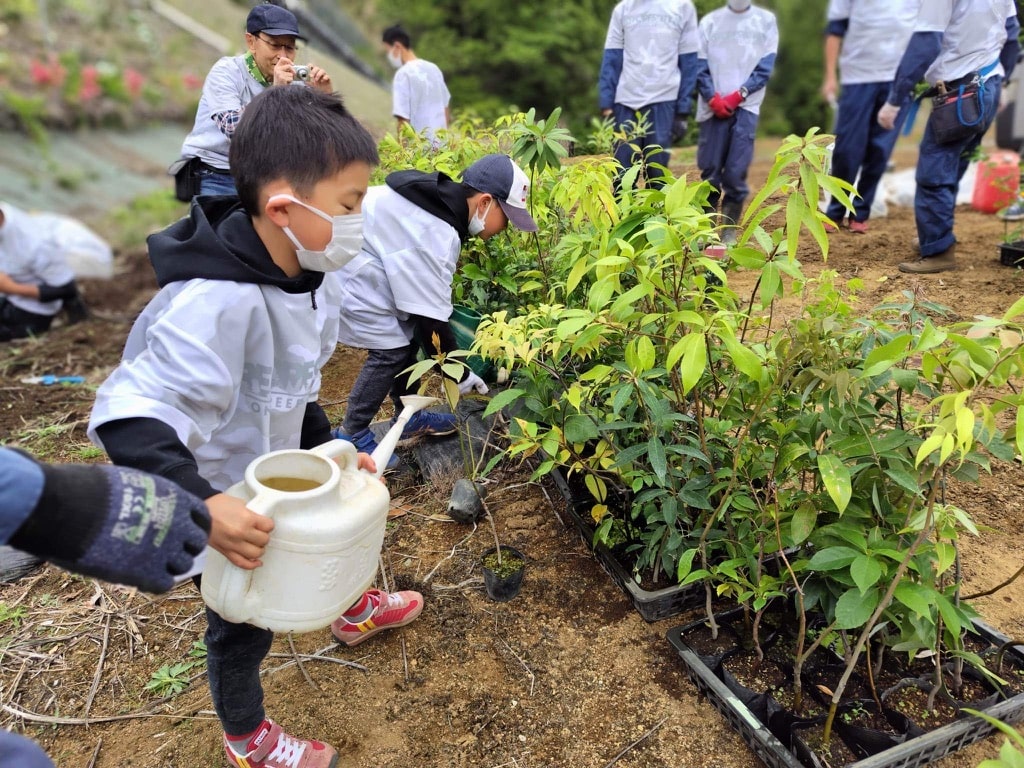
That’s why Damien and I followed in Enrico’s footsteps and set off for Japan, to meet the men and women who knew and worked alongside Professor Miyawaki and keep his method alive today.
In keeping with the open-source spirit that has animated the Boomforest project since its inception, we’re going to tell you everything we saw and learned on this trip:
The stories of the planters, what drives them, the legacy of Prof. Miyawaki that they pass on. The breathtaking photos of forests planted, in some cases, over 50 years ago that we were able to see, but also the technical and scientific aspects of the method, transmitted by the professor’s students and colleagues.
Finally, the passion of the volunteers who have been replanting tirelessly for so many years, and how they manage to attract hundreds of participants to their plantations to reforest entire mountains.
We’re going to share all this with you here, on this blog, as we tell you about our trip.
Happy reading!
Guillaume Dozier
